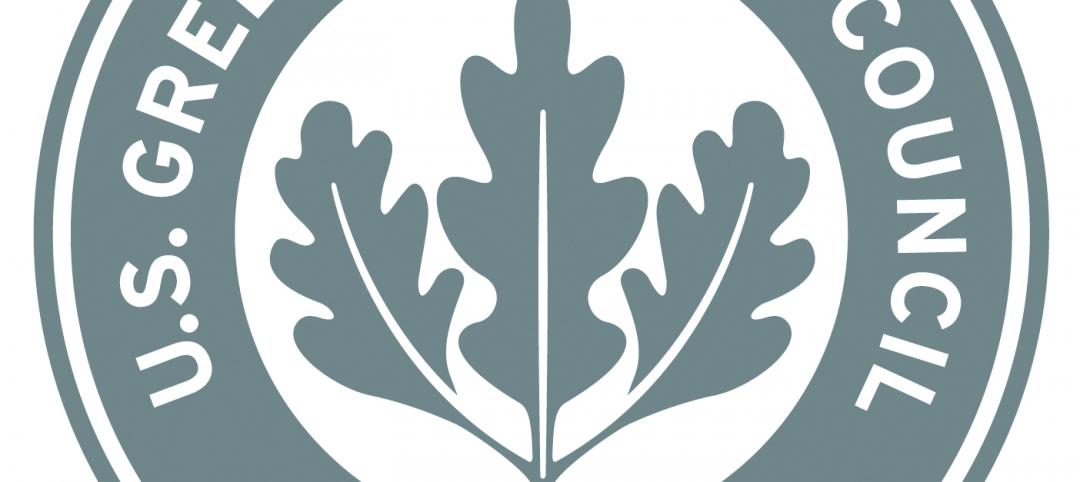The U.S. Environmental Protection Agency's WaterSense program has released a draft specification for water-efficient flushometer-valve toilets. After the specification is finalized, EPA anticipates that each WaterSense labeled flushometer-valve toilet model will have the potential to save more than 5,400 gallons of water per year. That translates into more than $1,000 savings over the lifetime of the toilet.
Flushometer-valve toilets are typically found in commercial, institutional, or industrial restrooms. These types of toilets have two main components—the toilet bowl and the flushometer valve.
Like all WaterSense labeled products, flushometer-valve toilets will be independently certified. EPA's draft specification sets the maximum flush volume for WaterSense labeled flushometer-valve models at 1.28 gallons per flush (gpf), which is 20% less water than the federal standard.
EPA estimates that about 28%, or 7.6 million, of the 27 million flushometer-valve toilets currently installed across the country flush at volumes higher than the federal standard of 1.6 gpf—some as much as 3 to 7 gpf. If all old, inefficient commercial flushometer-valve toilets were replaced with WaterSense labeled models, it would save more than 41 billion gallons of water per year nationwide, EPA estimates.
(http://www.epa.gov/watersense/products/flushometer-valve-toilets.html)
Related Stories
| May 31, 2012
Natural gas industry opposes federal carbon-neutral construction rule
The natural gas industry and some allies are working to block a federal green building rule that was expected to be a national model for carbon-neutral construction.
| May 31, 2012
Lawsuits push the legal boundaries of green building definition
This article explores some legal issues stemming from lawsuits in which plaintiffs have charged developers with not delivering on a promised level of sustainability.
| May 31, 2012
ANSI approves Green Building Initiative’s design standard
The Green Building Initiative (GBI), a Portland, Ore. nonprofit organization, has had its new consensus-based standard for the design, construction, and operations of environmentally friendly buildings approved by the American National Standards Institute (ANSI).
| May 31, 2012
USGBC testing Minnesota buildings to see if they are living up to LEED standards
The Minnesota chapter of the U.S. Green Building Council (USGBC) has teamed up with EnergyPrint, a St. Paul, Minn. energy consulting firm, to study the energy and water use of more than 150 buildings in the state that have LEED certification.
| May 29, 2012
Reconstruction Awards Entry Information
Download a PDF of the Entry Information at the bottom of this page.
| May 25, 2012
Major retail chains welcome LEED Volume option
Large national chains such as Starbucks, Marriott, Verizon, and Kohl’s are welcoming the LEED Volume Program that enables them to batch certify similar projects.
| May 25, 2012
Alaska’s okay of gravel aggregate with naturally occurring asbestos opens up development
Some long-delayed projects in the Upper Kobuk region of Alaska may now move forward thanks to legislation that allows construction in areas that have naturally occurring asbestos.
| May 25, 2012
Las Vegas building codes may thwart innovative shipping container development
A developer wants to build a commercial development out of steel shipping containers in Las Vegas, but city codes would have to be altered or the project would have to obtain waivers for it to receive the city’s go-ahead.
| May 25, 2012
Collapse of Brooklyn building that killed worker blamed on improperly braced frame
The Occupational Safety and Health Administration cited SP&K Construction with 11 safety violations, for which it could face more than $77,000 in fines.










